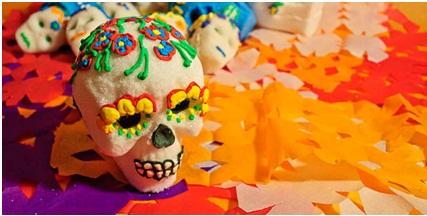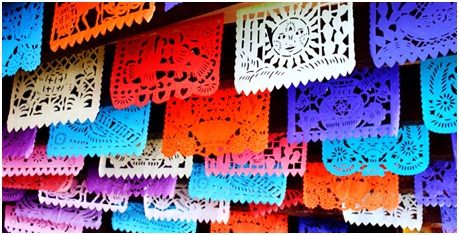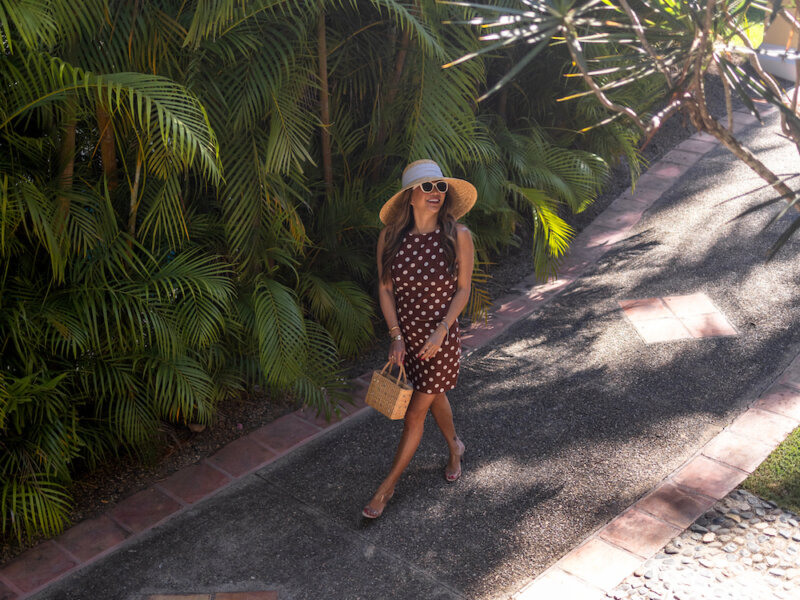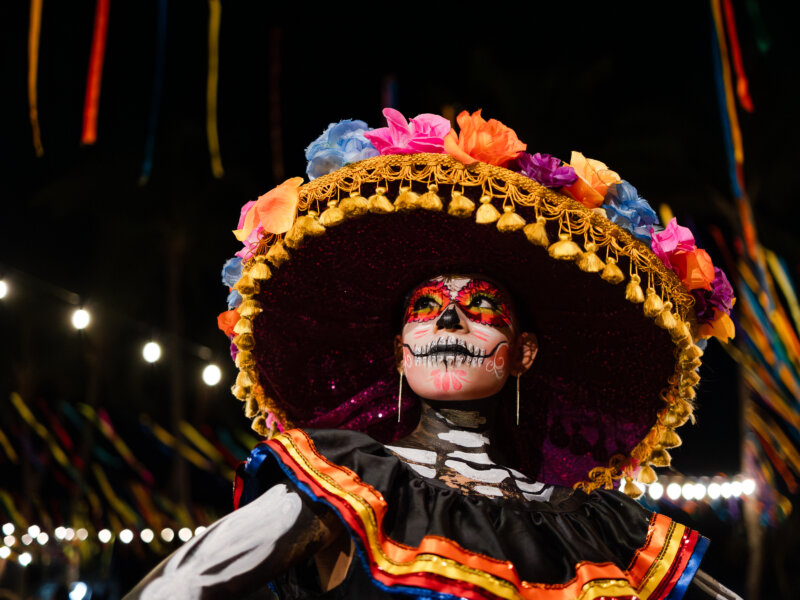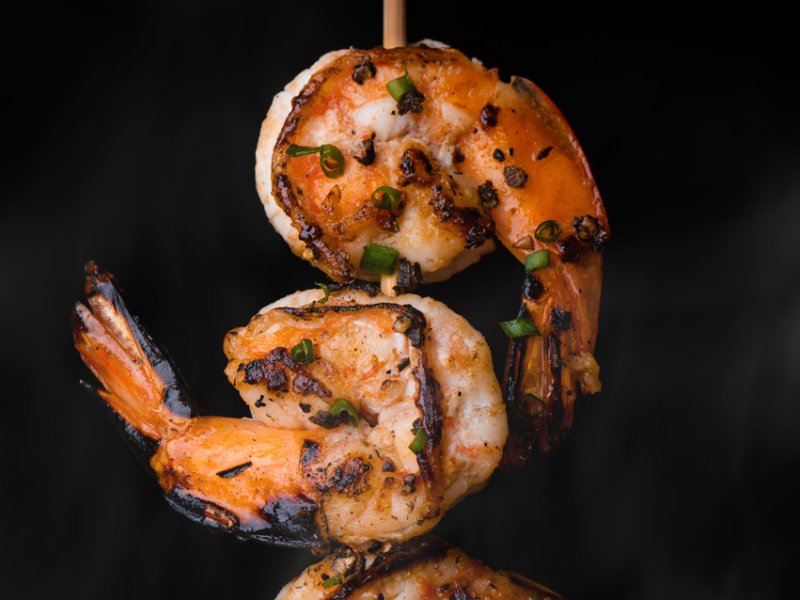Dia de los Muertos: One of the Most Mexican Traditions of All
By Veronica Toro
Translated by Nyima Bieber
Every year on November 2nd Mexico celebrates Dia de Los Muertos or Day of the Dead; a holiday that is one of the ultimate representations of our culture. A day’s activities normally include going to the cemetery where loved ones are laid to rest and paying tribute to them with elaborate altars.
Altars
Altars embody the ideology of a people; they are a physical portrayal of their view of death. Their meaning lies in the belief that the spirit of the deceased returns to the world of the living to console them for their loss.
Altars have two to seven levels and each is full of symbols. Two-level altars represent heaven and earth; the third level is added to symbolize purgatory. Seven levels represent the seven necessary steps to heaven.
The following guidelines are used to create a seven-level altar:
- Image of a saint.
- Dedicated to the souls in purgatory. The images are placed so that the deceased may leave purgatory easily in case they find themselves there.
- Salt, which is placed on the altar to represent purification of the spirit.
- Bread, an offering of food to the spirits.
- Fruits and the favorite foods of the deceased.
- Photographs of the person or people who have passed away.
- A cross made of seeds or fruits, embodying the religious beliefs of the ceremony.
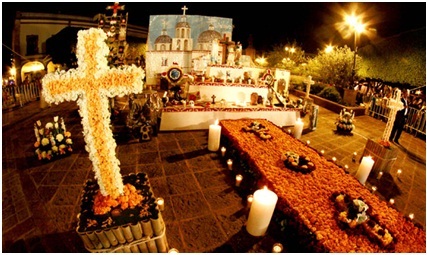
Altar de muertos
Photo source: blog.mexicodestinos.com
Some of the most common offerings for Dia de los Muertos are incense, candles, water, alcoholic beverages and marigold flowers. Undoubtedly, the three most essential elements are the pan de muerto (special bread baked for the day), skulls made of sugar and colorful cut paper designs.
Pan de Muerto
The bread of the dead’s origins date back to pre-Hispanic times, when men sacrificed the heart of princesses and placed them in pots with amaranth. They would then bite them as a way of thanking the gods for good harvests or being able to defeat the enemy.
The conquering Spanish did not adopt these practices entirely; they created an anatomical heart-shaped bread to symbolize the ritual, which they would cover in red sugar to represent the blood. The circle in the center symbolizes the skull and the lines on the sides of the bread are the bones.
Pan de muerto
Photo source: kena.com
Sugar Skulls
Another customary sacrifice was the “tzompantli”, an altar with a row of skulls on a string. The Spanish also modified this tradition, using sugar skulls made with alfeñique; a Spanish cane sugar confection.
The traditional Mexican recipe is made with sugar, hot water and a little lemon juice. The mixture makes a putty which is poured into a mold, giving it the shape of skull. Colored icing sugar is then used to add eyes and a smile.
Sugar Skull
Photo source: www.calaverita.com
Cut Paper Designs
This traditional decorative art represents happiness through colors, each of which also has a special meaning.
– Orange: mourning
– Purple: religion
– Blue: deaths caused by water
– Red: warriors and women who died during childbirth
– Green: young people
– Yellow: the elderly
– White: children
– Black: the underworld
These famous “little flags” are made of tissue paper and there are countless techniques and designs used to make them.
Cut Paper Flags
Photo source: www.mexicodesconocido.com.mx
¿Buscas la versión en español?
(Cross-posted in Riviera Maya Blog )


